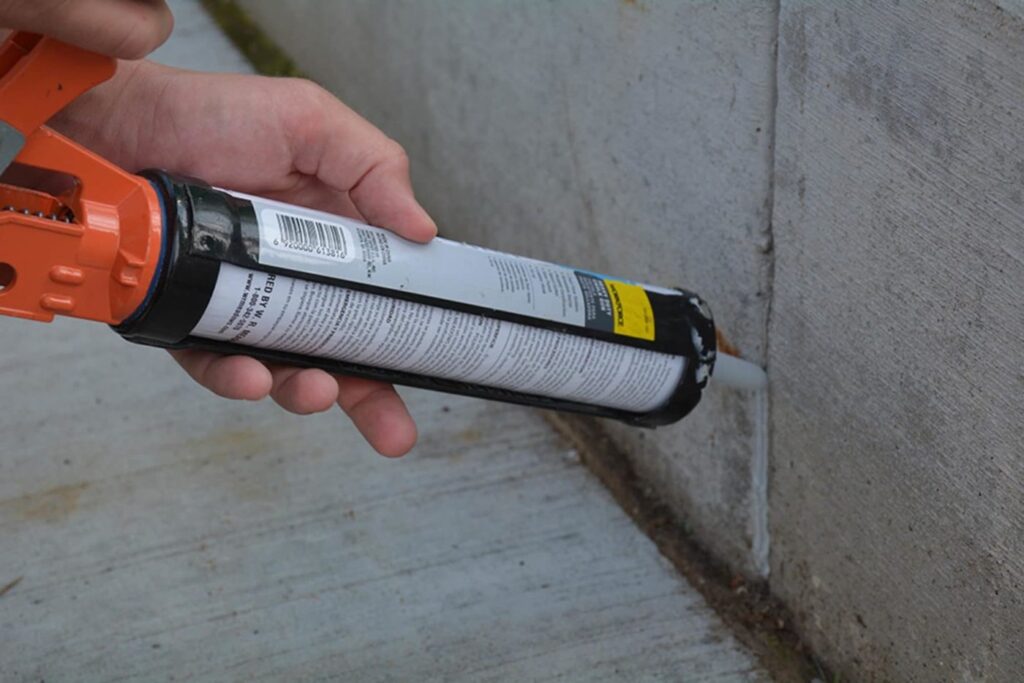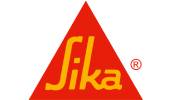Sealing Agent

A sealing agent is a one-part polyurethane sealer made of polyurethane polymer, pigments, fillers, and additives that cures when exposed to moisture. It is used to fill and seal joints in construction projects. It has great adherence to practically all building construction materials, is extremely elastic and resilient, weather-resistant, non-sagging, and watertight.
Key Features
- Cures by absorption of moisture from the air, (no external curing is required) at ambient temperature with humidity.
- Excellent adhesion to concrete, brickwork, painted wood glass, glazed surfaces, aluminum, stainless steel, steel and plastic like polyester and PVC.
- Accommodates continuous and pronounced cyclic movements.
- Elastic and forms a permanent tough rubber seal.
- sag/slump thixotropic does not sag or flow down in the joint.
Brand Associated



- Ensures easy release, good fair-faced concrete
- Can be used on all types of formwork
- Minimises surface blemishes and staining
- Minimises cleaning of shutters before reuse
- Reduces opportunity of damage to formwork, extending usable life
Coverage rate
It is possible to achieve normal coverage rates of 20 to 60 m2 per liter (0.015 to 0.050 liters/m2), depending on the porosity and roughness of the mold surface. The thinnest feasible coating will yield the best results. Applying too much should be avoided. It is uneconomical to apply release agent excessively to flat surfaces or in a way that causes it to pool in the corners of forms, as this can cause surface dusting or, in the worst situations, surface retardation.
Features
⦁ Consists of a carefully proportioned blend of high quality materials including rounded river run sands and aggregates, Portland cement and special concrete admixtures.
⦁ The performance and convenience makes it particularly suited for concrete jobs around
⦁ Achieves a 28-day compressive strength as per requirements.
